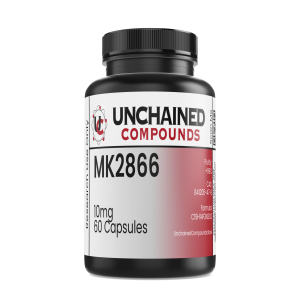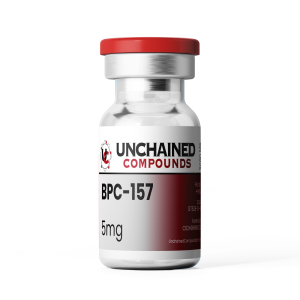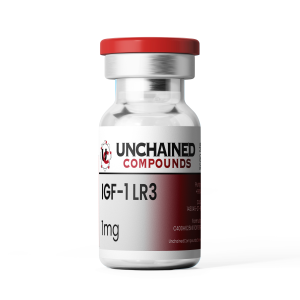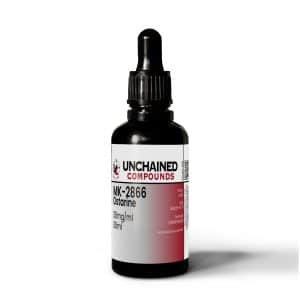Description




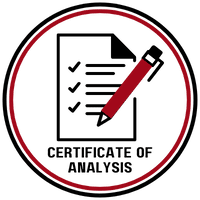

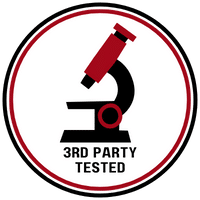
MK2866 is a selective androgen receptor modulator (SARM) that has been designed to stimulate muscle growth and prevent muscle wasting. It is also known as Ostarine, GTx-024, or Enobosarm. In animal studies, it has been shown to increase muscle mass and bone density without affecting the prostate or other androgen-sensitive tissues
Specifications
- Chemical Formula: C19H14F3N3O3
- Molecular Mass: 389.33 g/mol
- Other Names: Ostarine, GTx-024, or Enobosarm
- Molar Mass: 288.42
- CAS Number: 841205-47-8
- PubChem: 11326715
- Total Amount of the Active Ingredient: 30 mg/ml
- Shelf Life: 36 months
Research Studies
Sex-specific cytotoxicity of ostarine in cardiomyocytes
Abstract
Ostarine is the most popular compound in the selective androgen receptor modulator group (SARMs). Ostarine is used as a physical performance-enhancing agent. The abuse of this agent in higher doses may lead to severe side effects. Here, we evaluate the effects of ostarine on the heart. We utilized a cardiomyocyte H9C2 cell line, isolated primary female and male cardiac fibroblast cells, as well as hearts obtained from rats. Ostarine increased the accumulation of two fibrosis protein markers, αSMA and fibronectin (p < 00.1) in male, but not in female fibroblast cells. Ostarine increased the expression of the cardiomyopathy marker βMhc in the H9C2 cell line (p < 0.05) and in the heart in rats (p < 0.01). The unfavorable changes were observed at high ostarine doses. Moreover, a decrease in viability and an increase in cytotoxicity marker LDH were observed already at lowest dose (1 nmoL/l). Taken together, our results suggest that ostarine is cardiotoxic which may be more relevant in males than in females.
Abstract
Musculoskeletal pathologies such as sarcopenia and cachexia are increasingly prevalent within an aging global society. Musculoskeletal wasting is not limited to age and is increasingly recognized in the pathogenesis of multiple chronic diseases, including cardiometabolic disorders, such as insulin resistance and type 2 diabetes. Naturally, efforts to promote the maintenance of, if not increase in, lean mass could yield protective, disease-delaying benefits. Selective androgen receptor modulators (SARMs) have been available for several years and have recently been studied as a treatment for muscle wasting. Considering how little is known regarding the effects of SARMS on muscle mitochondrial function, and in light of the relevance of mitochondria on muscle cell dynamics, we sought to determine the specific effects of MK-2866 on muscle cell mitochondrial function. Following incubation of murine muscle cells with MK-2866, we found that mitochondrial ATP production was significantly increased, while mitochondrial respiration significantly decreased. Moreover, this same treatment regimen yielded a significant increase in muscle cell proliferation and protein synthesis. Future work will reveal the degree to which the mitochondrial changes from MK-2866 are necessary for muscle cell proliferation and protein anabolism.
Abstract
Ostarine, also known as MK-2866 or enobosarm, is a selective androgen receptor modulator (SARM). It has anabolic properties and as such is widely used in doping, accounting in 2021 for 25 % of the adverse analytical findings (AAF) among the class S1.2 “Other anabolic agents” of products banned by the World Anti-Doping Agency, to which it belongs. But in some cases, it can be responsible for an AAF following contamination. We report the case of an athlete who contaminated herself by exchanging body fluids while kissing her boyfriend, who took 25 mg per day of MK-2866 for 9 days prior to the athlete’s AAF (urinary concentration evaluated at 13 ng/mL) without her knowledge. Both subjects came to our lab for hair testing. The athlete’s hair was black and slightly frizzy. Six segments of 2 cm then 7 × 3 cm (33 cm) were analysed and showed increasing concentrations, from 2 pg/mg on the first segment to 17.8 pg/mg on the last segment. The boyfriend’s hair, light-brown, analyzed on 4 × 2 cm, also showed increasing values, from 65 to 143 pg/mg. These gradients of concentration in the hair’s athlete and in her boyfriend were compatible with external contamination of the hair, confirmed by analysis of washing baths, pillowcases (150 pg on each), and the athlete’s hairbrush (250 pg).
Fingernails were also contaminated, with 21 pg/mg in the athlete and 1041 pg/mg in the boyfriend, with highly contaminated washing baths, and toenails were less contaminated, with 2 pg/mg in the athlete and 17.3 pg/mg in the boyfriend. Urine samples taken 35 days after the start of MK-2866 treatment showed a value of 3690 ng/mL in the boyfriend and 5.7 ng/mL in the athlete. After 6 days off, these concentrations were 3.3 ng/mL and 0.1 ng/mL, respectively. A controlled transfer study was carried out 12 days after discontinuation (urine concentrations returned to negative level). After administration of 17 mg (the 25 mg/mL vial having been controlled at 17 mg/mL), urine samples were taken from the boyfriend and the athlete (n = 10 for each) for more than 25 h after they had been living normally with each other (regular kissing in particular). The boyfriend’s urine concentrations ranged from 681 ng/mL to 12822 ng/mL (Tmax = 8:30 hrs), and the athlete’s from 0.3 ng/mL to 13 ng/mL with Tmax = 8:30 hrs, i.e. at 22:30 hrs, which corresponded exactly to the time of collection of the urine that showed AAF, with a similar concentration. The dose ingested by the athlete was estimated at 15 µg. These results demonstrate the transfer of ostarine via body fluids between two subjects, with a high risk of AAF in one athlete, as observed in our case.
Disclaimer
The information provided above is not intended to substitute medical advice, diagnosis, or treatment. Should you have any questions regarding a medical condition, seek the advice of your physician or a qualified healthcare provider. In no case should medical advice be disregarded or delayed because of what you have read or seen. We bear no responsibility or liability for your use of any of our research compounds and products. Please note that they are being sold for research purposes ONLY. We do NOT condone any personal use.
NOTE: In some cases wherein the assigned top colors are out of stock, a different top color will be used to ensure that your order will not be delayed. Should you need assistance identifying the peptide vial that you received, please send us an email at support@unchainedcompounds.store
ALL ARTICLES AND PRODUCT INFORMATION PROVIDED ON THIS WEBSITE ARE FOR INFORMATIONAL AND EDUCATIONAL PURPOSES ONLY.
The products offered on this website are intended for in-vitro studies only. In-vitro studies (Latin: “in glass”) are performed outside the body. These products are not medicines or drugs and have not been approved by the FDA to prevent, treat, or cure any medical condition, ailment, or disease. Bodily introduction of any kind into humans or animals is strictly forbidden by law.





